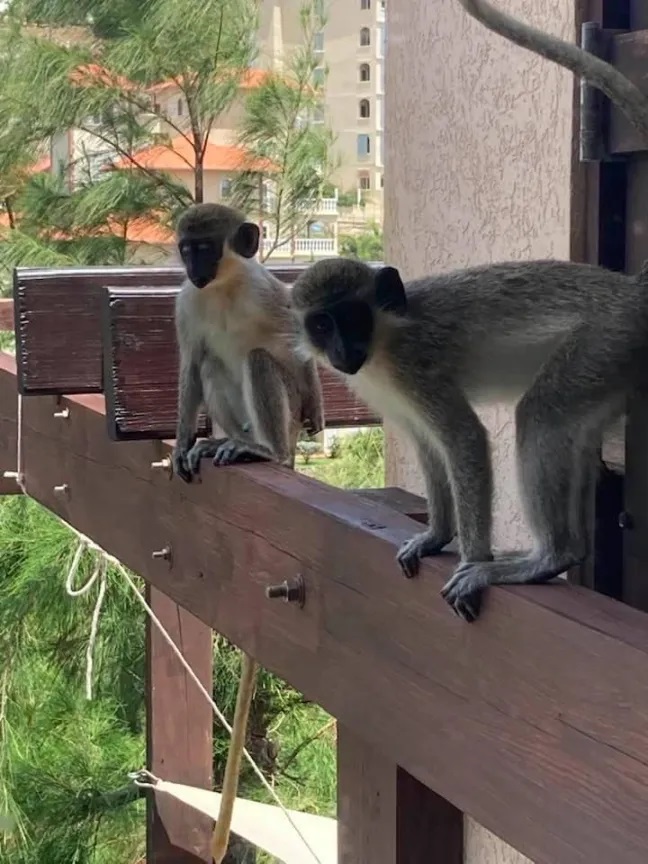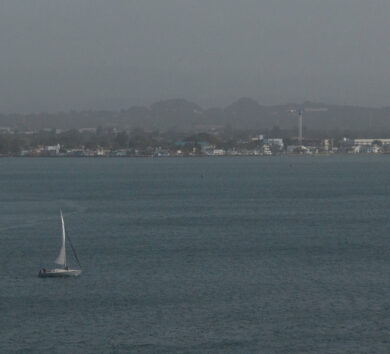
Critics suggest alternative of sterilisation and environment management

The Dutch Caribbean island of St Maartin plans to exterminate the entire population of vervet monkeys that live there.
At least 450 of the invasive primates are to be culled, as the proliferation of the invasive species becomes an increasing nuisance on the Dutch island territory.
Opposition to the controversial move is, however, growing with plans to cull already signed off by the governing administration.
The authorities will fund the Nature Foundation St Maarten non-government organisation’s plans to capture and euthanise at least 450 monkeys over the next three years in the territory which borders French St Martin. Critics disagree with the proposal and have suggested an alternative, which would involve sterilisation and environment management.
Research carried out by the Nature Foundation St Maarten found in 2020 that about 450 vervet monkeys were living on the Dutch side of the island. An up dated survey remains incomplete but initial numbers indicate a large increase in troop size.

Vervet monkeys, characterised by their dappled grey brown bodies and black faces fringed with white fur, are native to southern and eastern Africa but can also be found in some Caribbean islands such as St Kitts and Nevis, where the population has grown to the tens of thousands.
Containment measures needed
Nature Foundation St Maarten reports: “The number of monkeys in St Maarten will continue to grow if no measures are taken, and the consequences to St Maarten’s native ecosystems will be severe.” Farmers have complained of vervet monkeys “raiding their crops and destroying their livelihood.”
However, Dave Du Toit, founder of the Vervet Monkey Foundation in South Africa, where the species is native, has declared that culling is unlikely to work, saying: “I think a better approach and more publicly acceptable would be to vasectomise the males and sterilise the females.”

The non-profit, which shelters orphaned and injured primates, also educates the public on the role of vervet monkeys in the ecosystem and how to prevent human-monkey conflict.
Du Toit opined that to allow for a more harmonious existence between the monkeys and St Maarten residents, research into the availability of food for wildlife needs urgent attention. According to him, “where, how and what food sources are disposed of that attract the monkeys needs to be addressed [and] what natural areas can be utilised by wildlife without interference”.
Invasive species project
The Nature Foundation St Maarten set up its invasive species project in 2020 to study the vervet monkey population and develop a management plan. This was approved in June 2022, allowing it to hire a terrestrial ranger to capture the vervet monkeys.

In December, the territory’s ministry of tourism, economic affairs, transportation and telecommunication approved 100,000NAf ($55,000) funding per year for the project. The foundation plans to meet with the relevant agencies from French St Martin this week to discuss their part in the project.
The Réserve Naturelle Nationale de Saint-Martin said in 2021 that the introduction of non-native animals such as vervet monkeys was eroding its natural heritage. The monkeys were introduced to the region sometime around the 17th Century when European settlers were thought to have brought them over as exotic pets.







Comments